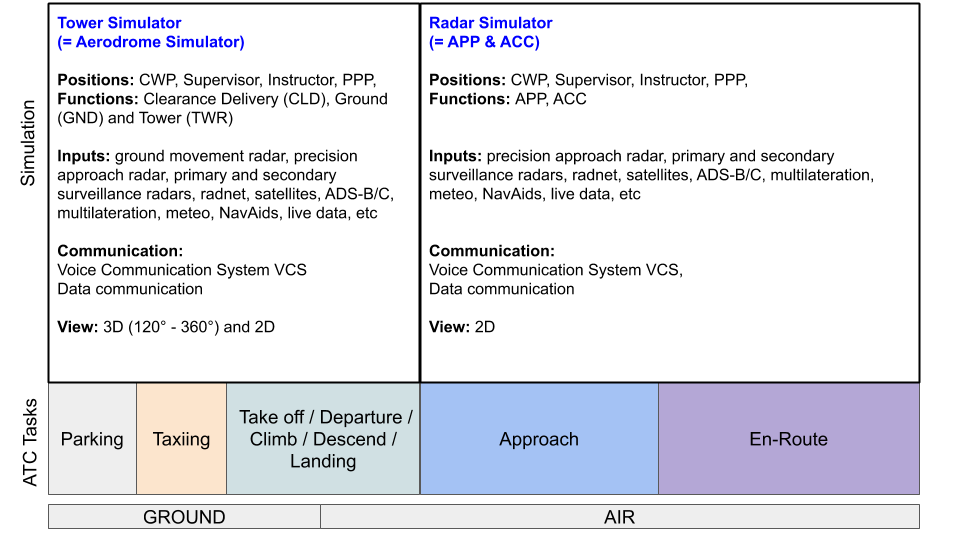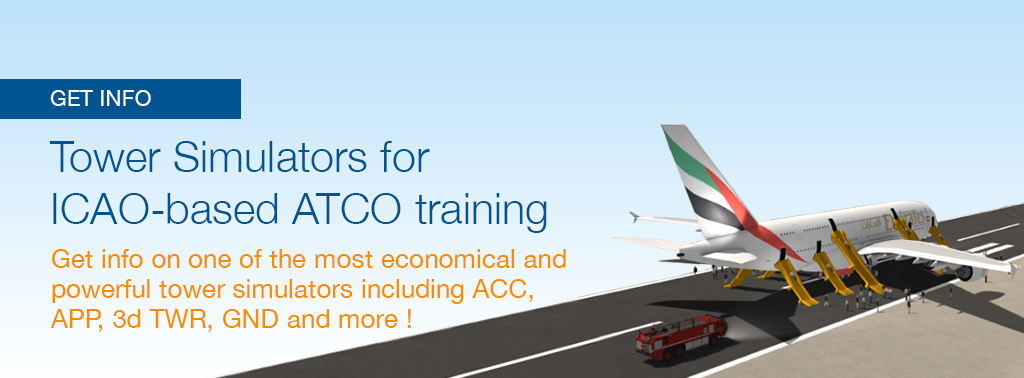ICAO's requirements for ATCO and ATSEP qualification make simulators necessary to understand the processes and routines during normal operations, but also in emergency situations and contexts of depreciated technology. This article tries to clarify terms and also highlights important features.
The stages during a flight
We look at the procedures that an aircraft has to run through in a arriving direction (departing direction would be absolutely the same).
In the En-Route phase, meaning the phase on full flight altitude on a trip from location A to B, the aircraft communicates with the Area Control Center, with controllers dedicated to ACC.
When approaching an airport, the Approach Controllers take over, maintaining the necessary separation between the aircraft which are approaching the airport until the aircraft descends approximately below 500 m altitude. The inverse process of Approach Control is called Departure Control. Both controllers have the same responsibilities and are located in the same room. We usually group both into APP.
The tower controller takes over at around 500 m altitude. The tower controller accompanies landing and all the ground traffic (taxiing and the parking). The tower controller also accompanies the opposite direction, called departure.
Often (in smaller airports), Tower and Approach positions are held by the same controllers.
How are the simulators structured
Traditionally the simulators are structured into
- Tower or Aerodrome Simulators
- Radar Simulators
These terms have historically grown and especially the term radar simulator is misleading, as it also includes navigation data, satellite data etc.
But let us look at both in detail.
Tower Simulator / Approach Simulator

The tower simulator includes the functions
- Simulated data inputs come fromClearance Delivery (CLD),
- Ground (GND) and
- Tower (TWR).
- Ground Movement Radars
- Precision Approach Radars
- Primary Surveillance Radars (PSR)
- Secondary Surveillance Radars (SSR)
- RadNet
- Satellites
- ADS-B/C
- Multilateration
- Meteo
- NavAids,
- Live Data (if the simulator has real ATC functionalities and can read live data)
- etc.
The simulator uses a Voice Communication System VCS and Data Communication.
Views in such a simulator are 3D (120° - 360°) and 2D.
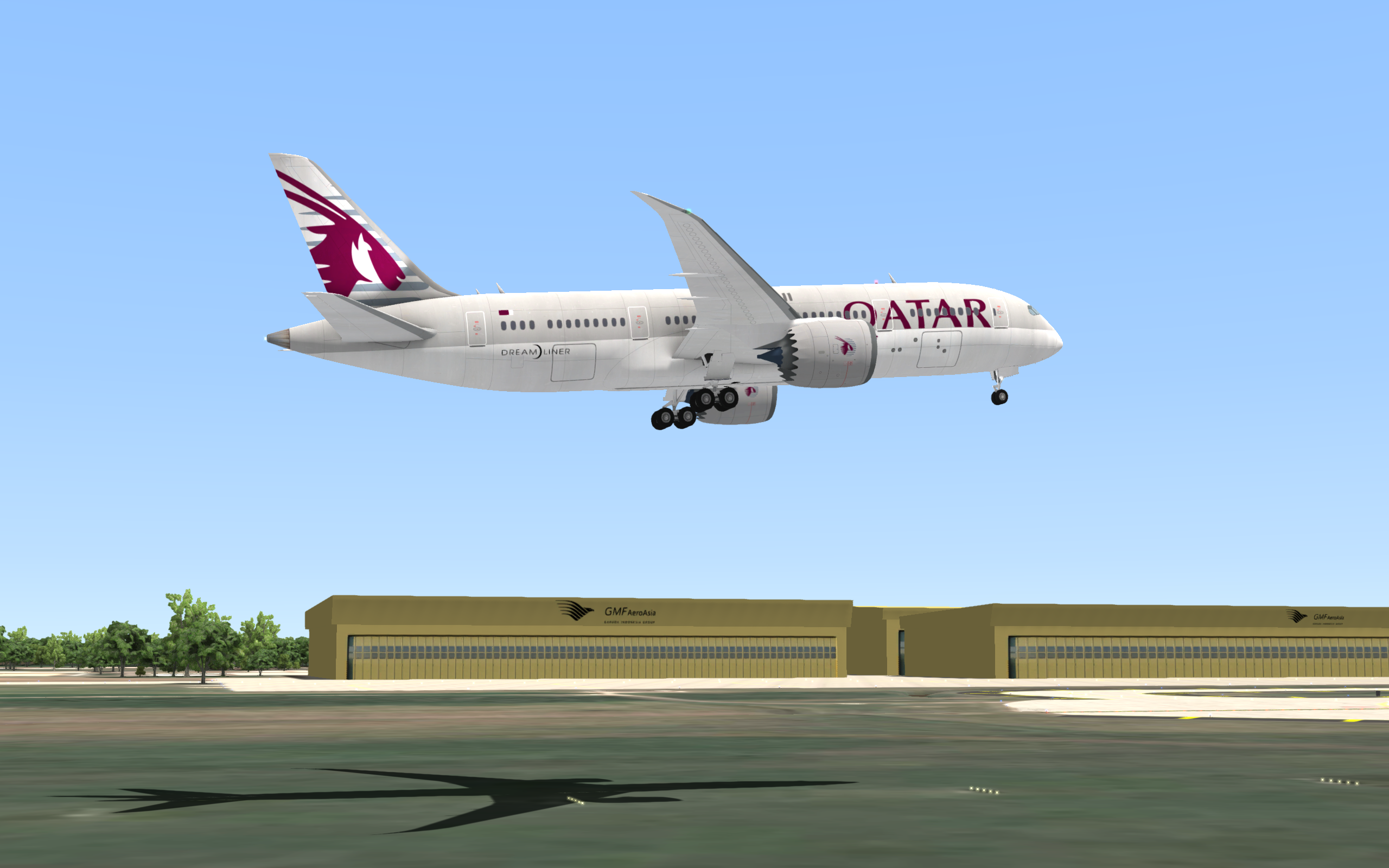
Radar Simulator
The radar simulator includes the functions
- Approach (APP) and
- Area Control Center (ACC)
Simulated data inputs come from
- Precision Approach Radars
- Primary Surveillance Radars (PSR)
- Secondary Surveillance Radars (SSR)
- RadNet
- Satellites
- ADS-B/C
- Multilateration
- Meteo
- NavAids,
- Live Data (if the simulator has real ATC functionalities and can read live data)
- etc.
Like in the tower simulator, the radar simulator uses a Voice Communication System VCS and Data Communication.
The view in 2D.
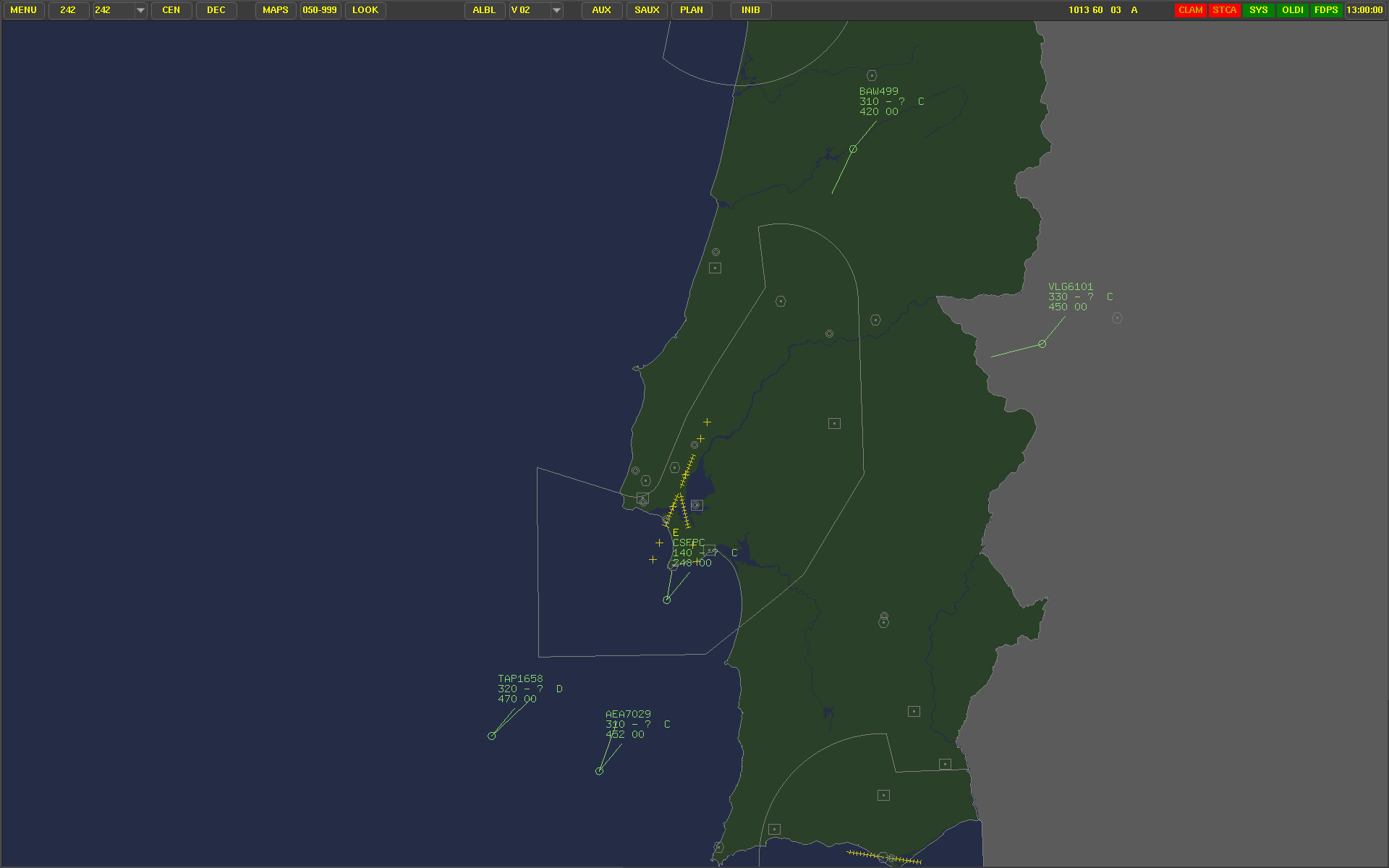
Better choose and integrated Tower & Radar Simulator
The controllers need to learn the tasks and procedures within a specific control stage
(TWR / APP / ACC).
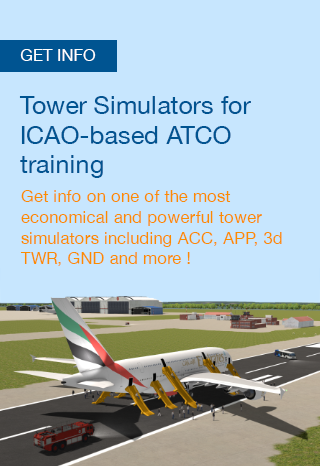
But they also need to understand the transfer and coordination between the control stages.
Thirdly they need to learn the coordination between ATC Units (which could be two different ATC centers of the same ANSP or even of two different ANSPs which is often a cross-border coordination).
Coordination implies specific coordination procedures. This needs to be trained and practiced.
Coordination between specific control stages can only be done when a holistic Tower & Radar simulator is available.
Flexible staffing can only be trained when all stages are represented in the simulator.
Another relevant argument for a holistic simulator are "virtual control centers". This is a concept, allowing to create virtual Approach and Tower teams at airports, where no or not enough controllers are present.
Another argument for an integrated solution is the fact that it is much more economical to purchase a system which includes all functions than to purchase 2 independent systems with the resulting redundancies.
Extended Simulators
Real ATC System
The traditional tower and radar simulator are optimized on a learning of procedures. This is quite useful for the ATCO, but the learning effect for the ATSEP is limited. We always advise to choose a simulator consisting of a real operational ATC system which is fed by a simulator and potentially live data.
This makes the learning effect for the ATCO more realistic, and provides a real serviceable infrastructure with the standardized data communication to the ATSEP.
Training Radars
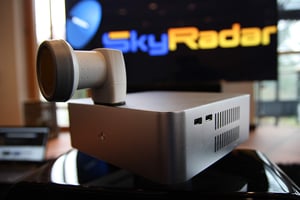
The Tower or Radar simulators will not be able to capture the physical features of a real radar (e.g., when looking at STC, C-FAR, Beam-forming, etc).
We suggest to complement the simulated training system with a real short range and in-house training radar.
This allows ATCO and ATSEP to real learn to apply, analyze, evaluate or synthesize radar behaviour. The personnel will gain a deeper understanding of the technical solutions with better proficiency in emergency situations and in cases of depreciated systems.
SkyRadar produces training radars, allowing for independent training of 100+ concurrent learners. But these radars can also feed their data into the tower and adarsimulator through a standardized ASTERIX interface.
Airport Rescue & Firefighting Systems (ARFF)
Imagine emergency situations on airports could be trained in a concerted training procedure involving ATCO, ATSEP, and the rescue and firefighting personnel.
SkyRadar allows for an extension of its simulators through ARFF systems which are integrated with the Tower & Radar Simulator as well as the Distributed Control Systems of critical infrastructure like kerosene tanks.
Next steps
Contact us if you would like to learn more about SkyRadar's Aerodrome & Radar Simulators.

